From a low starting point, with poor and disadvantageous conditions, after 50 years of liberating the South and unifying the country, Vietnam has grown much stronger, with a great foundation, potential, position and international prestige. In particular, Vietnam's economy is ready to break through in the era of national development.
Overcome difficulties

50 years ago, the country after reunification was filled with boundless joy but along with that was a very difficult socio-economic situation.
The economy was weak and backward when the North was exhausted after decades of devastation, and at the same time, all its efforts were focused on supporting the battlefield in the South. Meanwhile, the Southern economy depended on foreign aid, with only a few factories and small-scale production facilities, mainly processing and manufacturing food, agricultural products, and consumer goods. At that time, the scale of the economy was very small, crippled and fragmented, with low labor productivity, lacking vitality as well as lacking many comprehensive resources for development. Moreover, shortly after liberation, Vietnam had to face a prolonged embargo from the United States and Western countries, forcing it into a very difficult situation, lacking development opportunities, causing the majority of people's lives to be deprived and cramped.
But that was also the root cause leading to the renewal of thinking, the determination to escape from the weak state, and find a way to develop of the Party and State as an inherent and inevitable need. 1986-1990 was the first stage of the renovation process. With the policy of developing a multi-sector commodity economy, operating according to the socialist-oriented market mechanism, the economy gradually overcame its weaknesses and made progress.
After the period of 1986-1990, the renovation process achieved very important initial achievements: Gross domestic product (GDP) increased by 4.4%/year; total agricultural production value increased by an average of 3.8-4%/year; industry increased by an average of 7.4%/year, of which consumer goods production increased by 13-14%/year; export turnover value increased by 28%/year.
The successful implementation of three development target programs on food, consumer goods and export goods has contributed to economic recovery and inflation control... This is an initial success, a fundamental transition stage from the old management mechanism to the new management mechanism, implementing a step in the process of renewing economic and social life and initially liberating productive forces, creating new development momentum.
This was also an important premise for the country to enter the period of 1991-1995, with important achievements, relatively high, continuous and comprehensive growth rate. Average GDP increased by 8.2%/year; industrial production value increased by 13.3%/year; agriculture increased by 4.5%/year; service sector increased by 12%/year; total food output in 5 years reached 125.4 million tons, an increase of 27% compared to the period of 1986-1990. The country has emerged from the serious and prolonged crisis, although some aspects are still not stable, but has created the necessary premise to move to a new development period.
The period 1996-2000 marked an important step in the development of the new economic era, promoting the industrialization and modernization of the country. The average GDP of this period increased by 7%/year; if the period 1991-2000 is included, the average GDP growth rate is 7.5%/year. Compared to 1990, GDP in 2000 increased more than twice. It can be said that it was a breakthrough, a very positive mark.
The period 2001-2005 witnessed the renovation process going into depth. GDP increased by an average of 7.5%/year, reaching 8.4% in 2005 alone. The scale of the economy's gross domestic product in 2005 alone reached 837.8 trillion VND, double that of 1995. From a country with food shortages, Vietnam set a new record by becoming the world's leading rice exporter.
Macroeconomic stability has ensured political, social, defense and security stability, initially promoting many advantages of the country, each region and each industry. The reform of economic institutions, step by step improvement of management policy mechanisms and operating systems; reform and improvement of the operational efficiency of the financial and monetary systems; development of human resources and labor quality, science and technology, etc. have all achieved clear results.
In the following years, the economy maintained a fairly high growth rate, the potential and scale of the economy increased, our country has emerged from underdevelopment, from the group of low income countries to a middle (low) income country. GDP increased by an average of 7%/year. The scale of the economy in 2010 reached 101.6 billion USD, 3.26 times higher than in 2000.
Thus, within 20 years (1991-2011), Vietnam's GDP growth reached 7.34%/year, among the highest in Southeast Asia and the world. International public opinion highly appreciated Vietnam's results in hunger eradication and poverty reduction as well as its experience, confirming that Vietnam is a valuable reference lesson...
According to the United Nations Development Programme (UNDP), Vietnam is a country with a high level of human development. Vietnam's Human Development Index (HDI) has been continuously improving. From 1990 to 2022, the index value changed from 0.492 to 0.726, ranking 107/193 countries and territories.
Accelerate to wealth and prosperity
In the 2020-2025 period, the economy overcame many difficulties, ensured macroeconomic stability, maintained a good growth momentum, and had an impressive shift in economic structure towards modernization, in line with the development of the Fourth Industrial Revolution. The economic scale in 2025 is forecast to reach about 500 billion USD, ranking 32nd in the world; per capita income reached about 4,650 USD/year, surpassing the low-middle income level.
The Government has determined to promote industrialization, modernization, and economic restructuring associated with economic growth model innovation towards green growth, digital transformation, and sustainable development. The proportion of the industrial, construction, and service sectors will increase, accounting for 80.5% of GDP by 2025. Manufacturing and service sectors will initially be restructured towards digitalization, greening, diversification, and upgrading of value chains on the basis of science, technology, innovation, and creativity.
A number of large-scale industries have been formed, capable of competing in the international market, gradually forming the self-reliance capacity of the economy. A number of key industrial sectors and fields, requiring advanced technology and intelligence, have been formed, growing rapidly and strongly penetrating the international market, such as electronics - semiconductors, mechanical engineering, industrial equipment, automobiles, etc., which are welcomed by international consumers.
In particular, the country's appearance has been changing rapidly, especially in the last 10 years, mainly thanks to the emergence of a series of key transport projects on roads, sea and air. Urban technical infrastructure, especially in large cities, is being invested, expanded and completed in a modern and synchronous direction, with the highlight being the elevated railway lines that allow people to be served effectively and quickly.
Many important, large-scale traffic projects have been invested in and upgraded, ensuring connectivity between major economic centers, regions and areas across the country and international traffic. By the end of 2025, the whole country strives to have more than 3,000km of expressways. Never before has the traffic network been invested so strongly and synchronously to become a boost, unlock resources, and promote economic growth like this period.
Recently, the whole country has started and inaugurated 80 national key projects and large works, with a total capital of 445,000 billion VND on the occasion of the 50th anniversary of the Liberation of the South and National Reunification Day (April 30, 1975 - April 30, 2025), promising a very strong and synchronous change in infrastructure, which is of special importance to economic and social development in the near future. Typical are a series of component projects of the North-South Expressway, Terminal T3 of Tan Son Nhat International Airport, while Rach Mieu 2 Bridge or Long Thanh International Airport and many other projects are rushing towards the finish line. In other words, the infrastructure system is truly the runway, helping the country take off into the future.
Vietnam has also emerged as an attractive destination for foreign investment capital, with high competitiveness thanks to the quality of the progressive investment and business environment, a stable political and social foundation, an abundant labor force, and a favorable geographical location for international trade. The world also highly appreciates Vietnam's export results, with a continuous trade surplus over many years, becoming a symbol of economic strength. Vietnam is a bright spot in the context of fierce competition, complex and uncertain developments in the world...
Compared to the length of history, the past 50 years are not long, but they contain a series of days of determination to overcome difficulties, to overcome ourselves to progress. The Vietnamese people are moving towards prosperity, although there are many hardships and challenges ahead, but there is also joy and aspiration for us to be proud of, as provisions for future generations. With strong belief, the entire nation continues the cause of innovation in the era of striving on the path of development, towards the goal of a rich people, a strong country, democracy, fairness, and civilization.
Source: https://hanoimoi.vn/kinh-te-viet-nam-san-sang-but-pha-trong-ky-nguyen-vuon-minh-700945.html


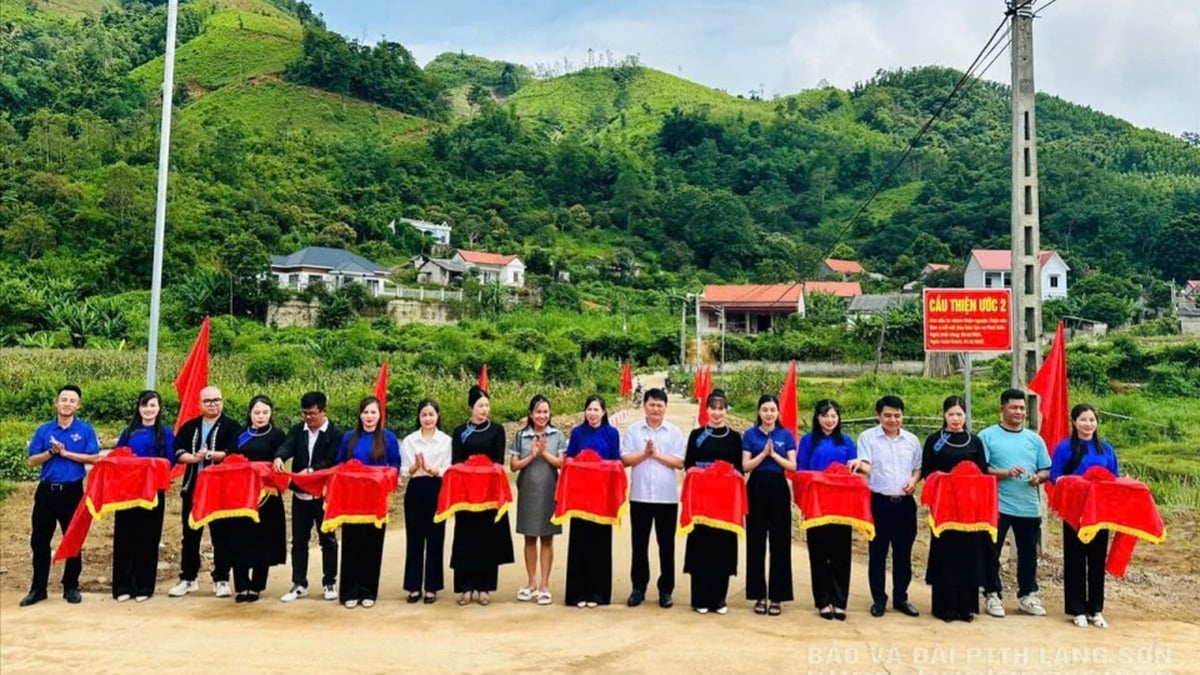
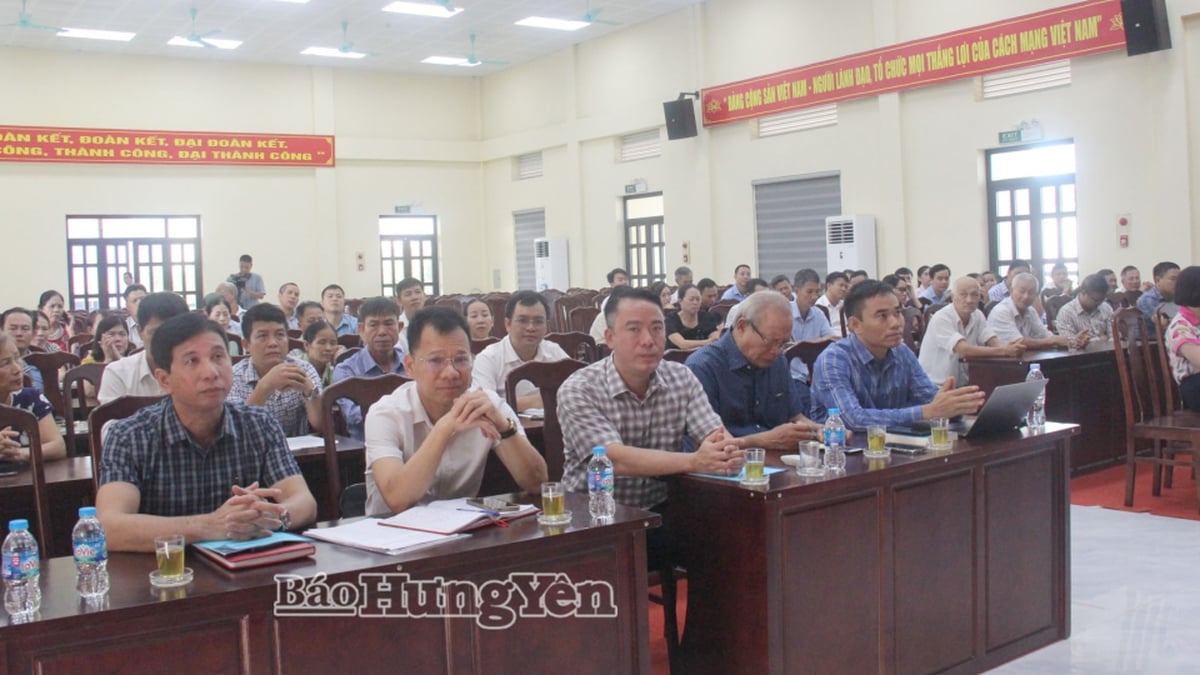
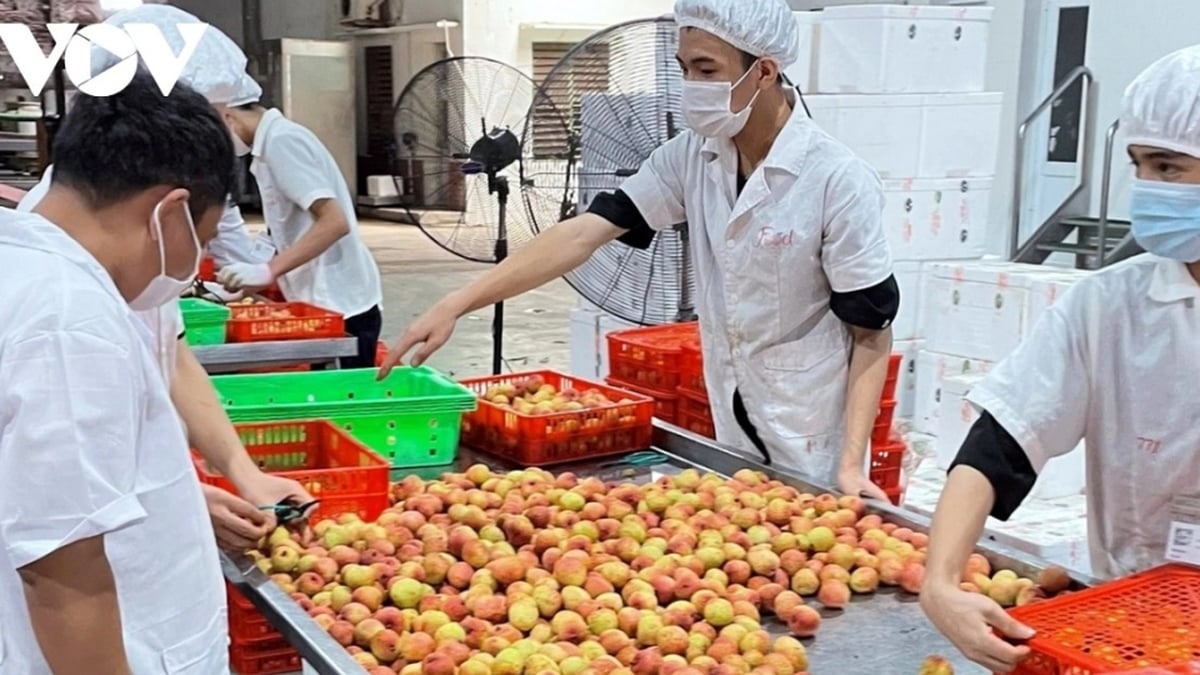
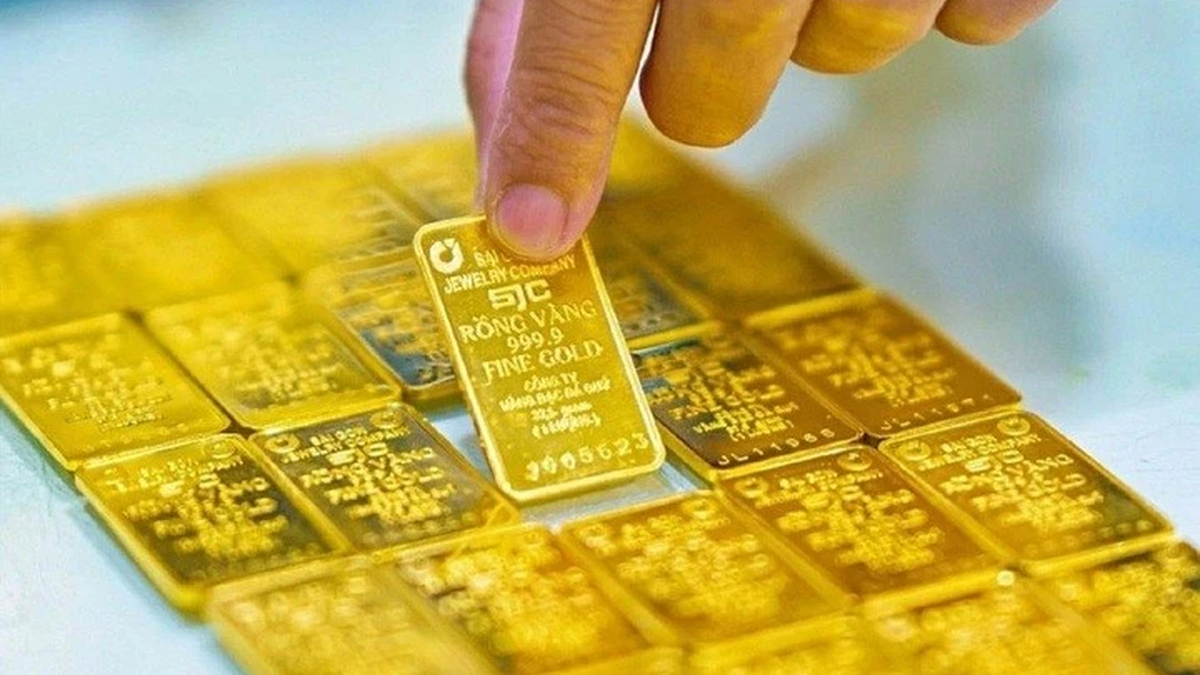




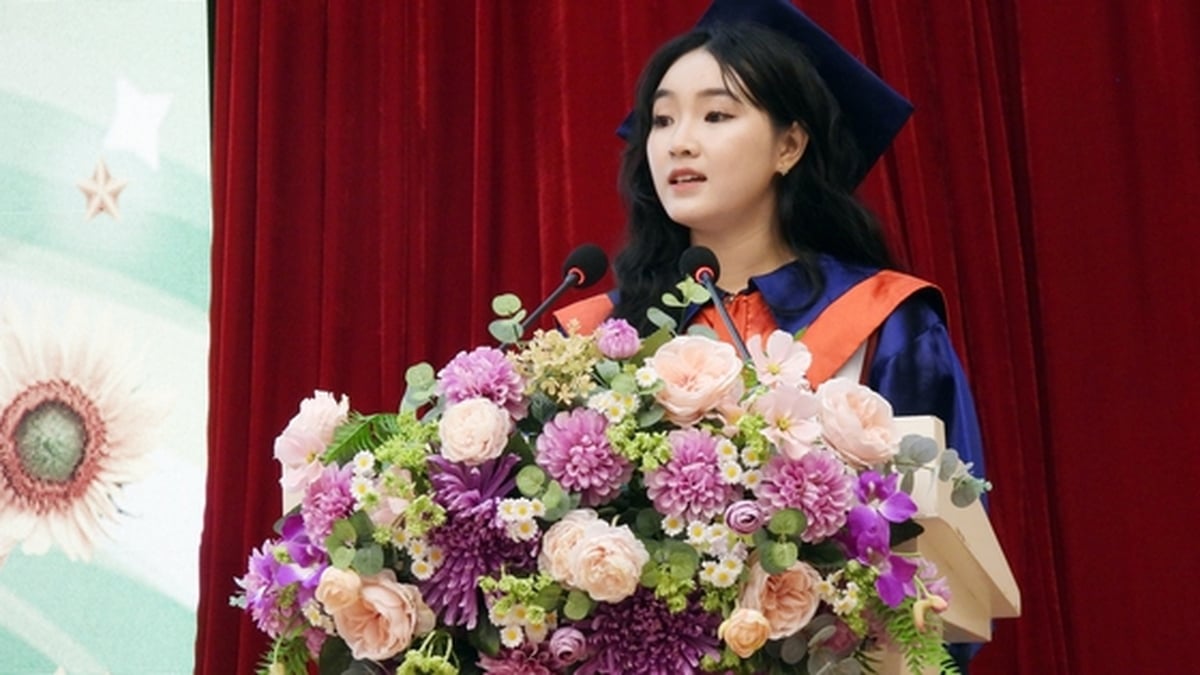





















































































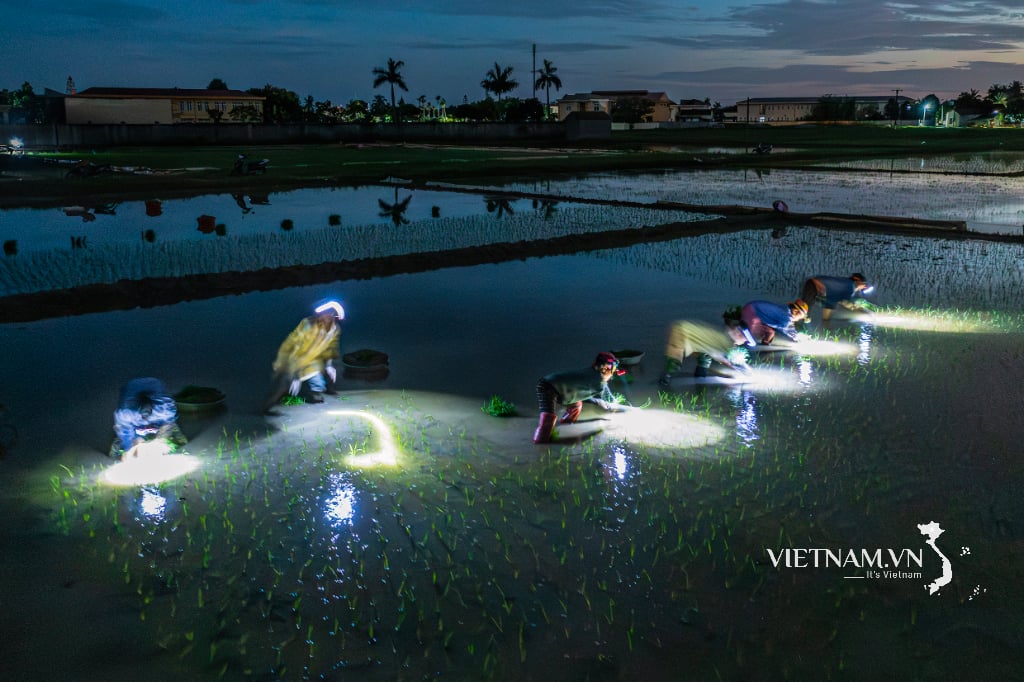

Comment (0)